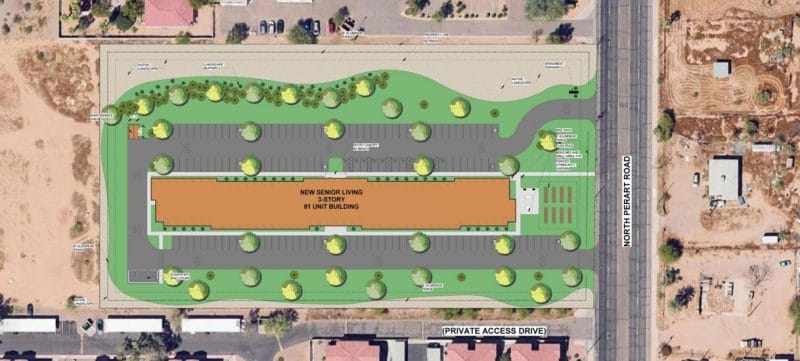
By Joe Pinsker | The Atlantic
May marks a new phase of the coronavirus pandemic in the United States. Across the country, retail stores, restaurants, and other businesses are beginning to reopen. According to the nonprofit Kaiser Family Foundation, just over half of states had eased their public-health restrictions in one way or another as of the start of this week, with more states to follow soon.
This new phase, though, doesn’t necessarily mean that the ongoing risks of the pandemic have materially changed. “If your favorite watering hole reopens, that’s not a guarantee that it’s safe to go have a beer with your friend,” Andrew Noymer, a public-health professor at UC Irvine, told me. “That’s one possible reason that it’s reopening, but another is that the pressures to reopen businesses have been so enormous.” He said that if the U.S. were solely concerned with containing the virus, “reopening shouldn’t even be in the conversation” yet.
That said, many (but not all) parts of the country have at least gotten out of an “acute emergency phase” for the time being, according to Elizabeth Carlton, a professor at the Colorado School of Public Health. She now sees “a shift towards trying to come up with strategies that allow people to resume some parts of their old lives that are the least risky … We need to find a way to slow the spread of the virus that also allows us to maintain our mental and financial health.” The safest thing to do, if you can manage it, is still to stay at home, but now is the time when—unlike the past six weeks or so—people in some parts of the country can consider cautiously reintroducing some nonessential activities into their life after weighing the risks to themselves and others.








